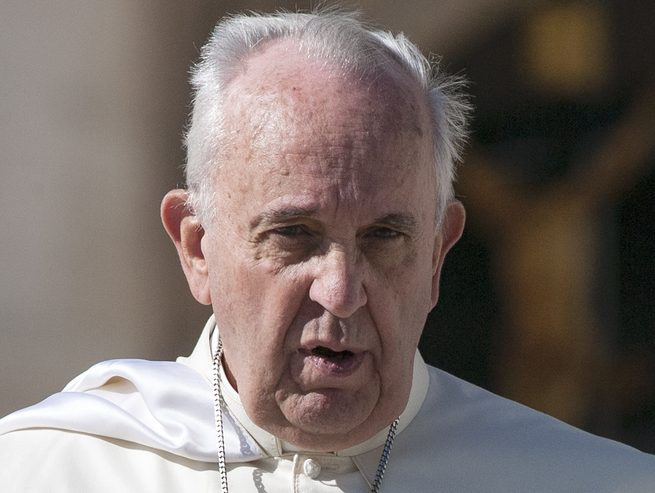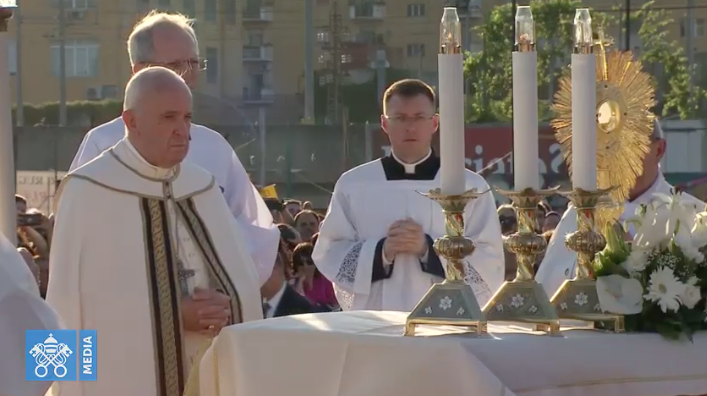- Registrado
- 26 Ago 2013
- Mensajes
- 22.637
- Calificaciones
- 137.618
Bueno, anteriormente, ya había habido un matraircado en Europa, provinente del norte. Fue a partir de la conquista romana que se empezó a imponer la sociedad patriarcal... hasta nuestros días.
Ahora, parece que haya mucha confusión. Pero, yo creo que va a evolucionar hacia un mundo matriarcal, otra vez.
Asten_ : Mientras no sea con el adoctrinamiento de tantas aberraciones y odio por parte de las feminazis...
Lo ideal tendría que ser lograr un equilibrio armónico entre el hombre y la mujer, cada uno aportando y cumpliendo con su rol, roles que no siempre pueden ser idénticos debido a que Dio nos ha creado biológicamente diferentes.




